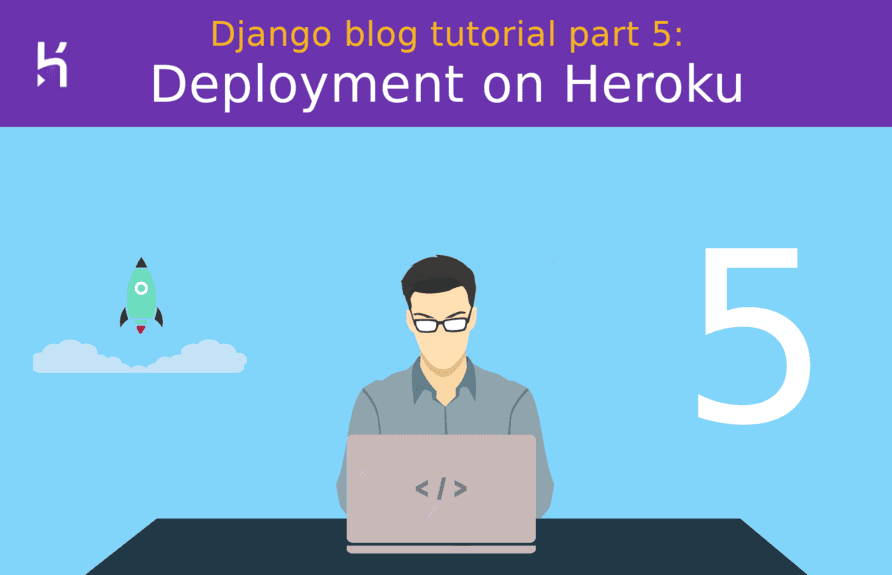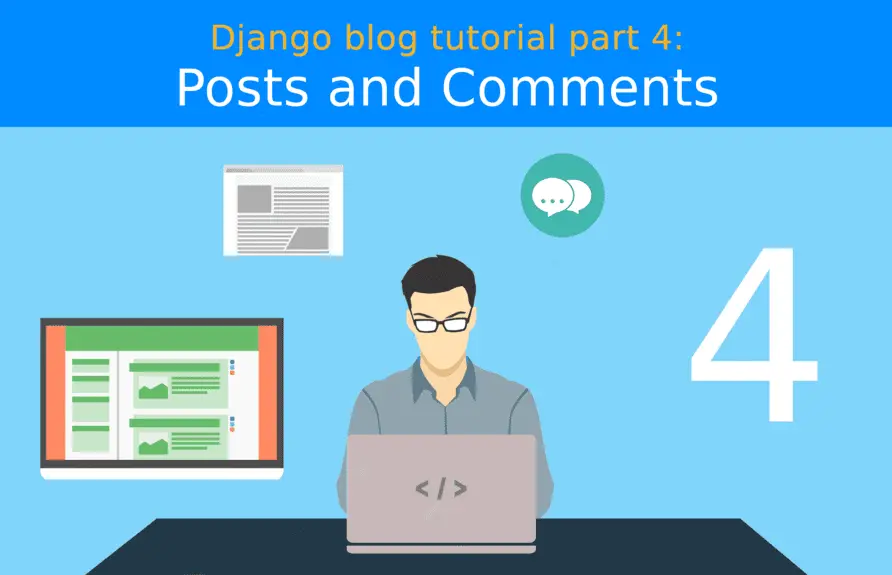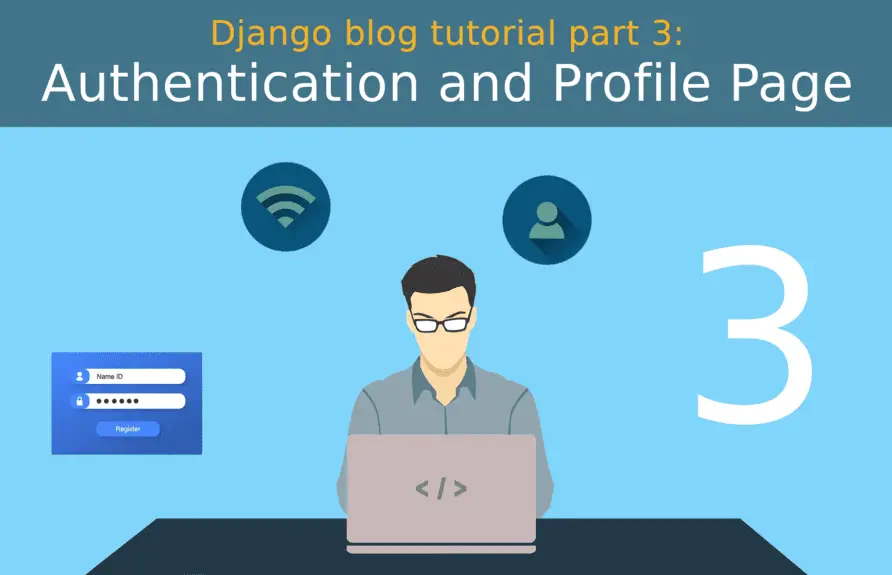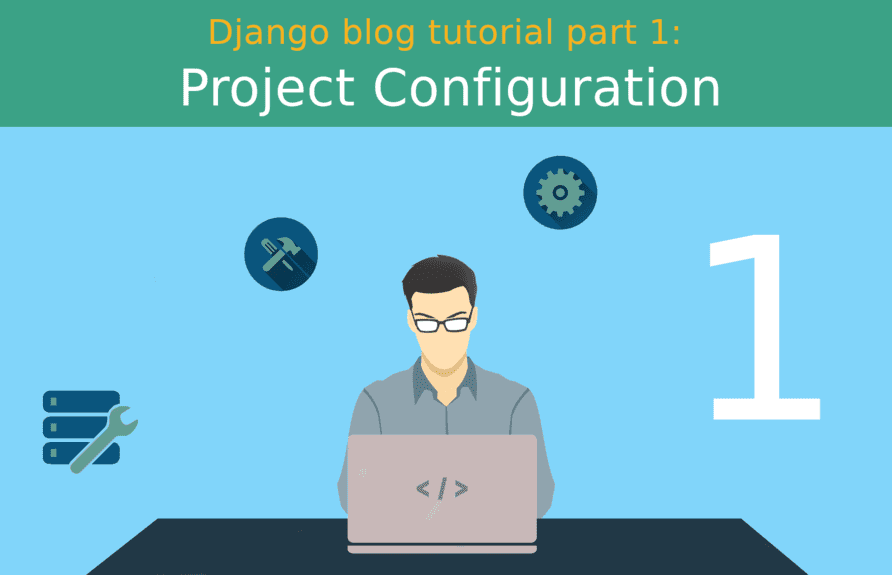Please consider supporting us by disabling your ad blocker. Thank you for your support.

Django blog tutorial part 5: Deployment on Heroku
This is the fifth part of our tutorial series! We are going to deploy our Django application to the Heroku cloud platform. Heroku is a platform as a service that is very easy to set up and has a free service level for small project.
Read more ...

Django blog tutorial part 4: Posts and Comments
Welcome to the fourth part of the Django blog tutorial series. In this part, we are going to allow users to create blog posts. We are also going to implement a comment system.
Read more ...

Django blog tutorial part 3: Authentication and Profile Page
In this part, we are going to explore Django's authentication system and how to create a profile page for users. The implemented pages are: sign up, log in, log out, reset password, change password, profile, and finally an edit page.
Read more ...

Django blog tutorial part 2: Model View Template
This is the second part of the Django blog tutorial series. In this part, we are going to explore the MVT architecture.
Read more ...

Django blog tutorial part 1: Project Configuration
In this tutorial series, we are going to build a blog application with the Django web framework. We will start from the configuration of the project to deployment. In this first part, we are going to do all the required configuration for the project.
Read more ...